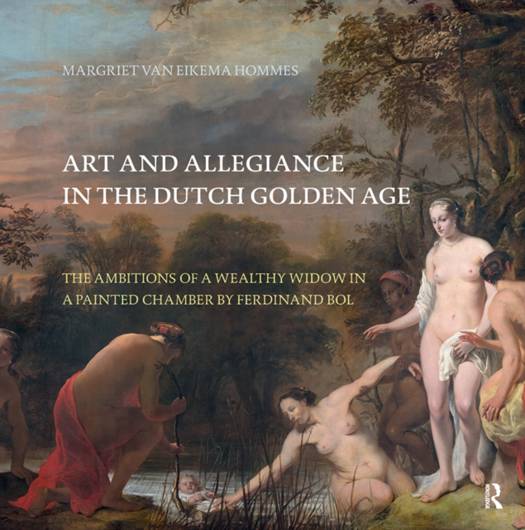
- Afhalen na 1 uur in een winkel met voorraad
- Gratis thuislevering in België vanaf € 30
- Ruim aanbod met 7 miljoen producten
- Afhalen na 1 uur in een winkel met voorraad
- Gratis thuislevering in België vanaf € 30
- Ruim aanbod met 7 miljoen producten
Zoeken
Art and allegiance in the Dutch Golden Age
the ambitions of a wealthy widow in a painted chamber by Ferdinand Bol
Murray Pearson
€ 87,95
+ 175 punten
Omschrijving
This book uses new techniques of identification to provide a revolutionary analysis of paintings by Ferdinand Bol.
Specificaties
Betrokkenen
- Auteur(s):
- Vertaler(s):
- Uitgeverij:
Inhoud
- Aantal bladzijden:
- 297
- Taal:
- Engels
- Reeks:
Eigenschappen
- Productcode (EAN):
- 9789089643261
- Verschijningsdatum:
- 18/01/2012
- Uitvoering:
- Paperback
- Afmetingen:
- 260 mm x 260 mm
- Gewicht:
- 1449 g

Alleen bij Standaard Boekhandel
+ 175 punten op je klantenkaart van Standaard Boekhandel
Beoordelingen
We publiceren alleen reviews die voldoen aan de voorwaarden voor reviews. Bekijk onze voorwaarden voor reviews.








